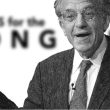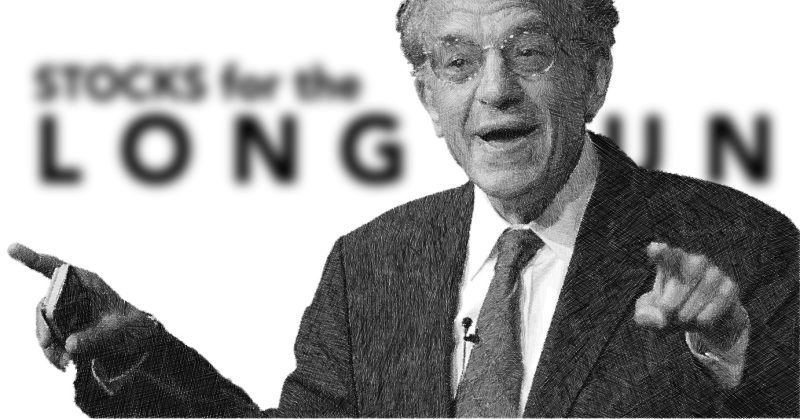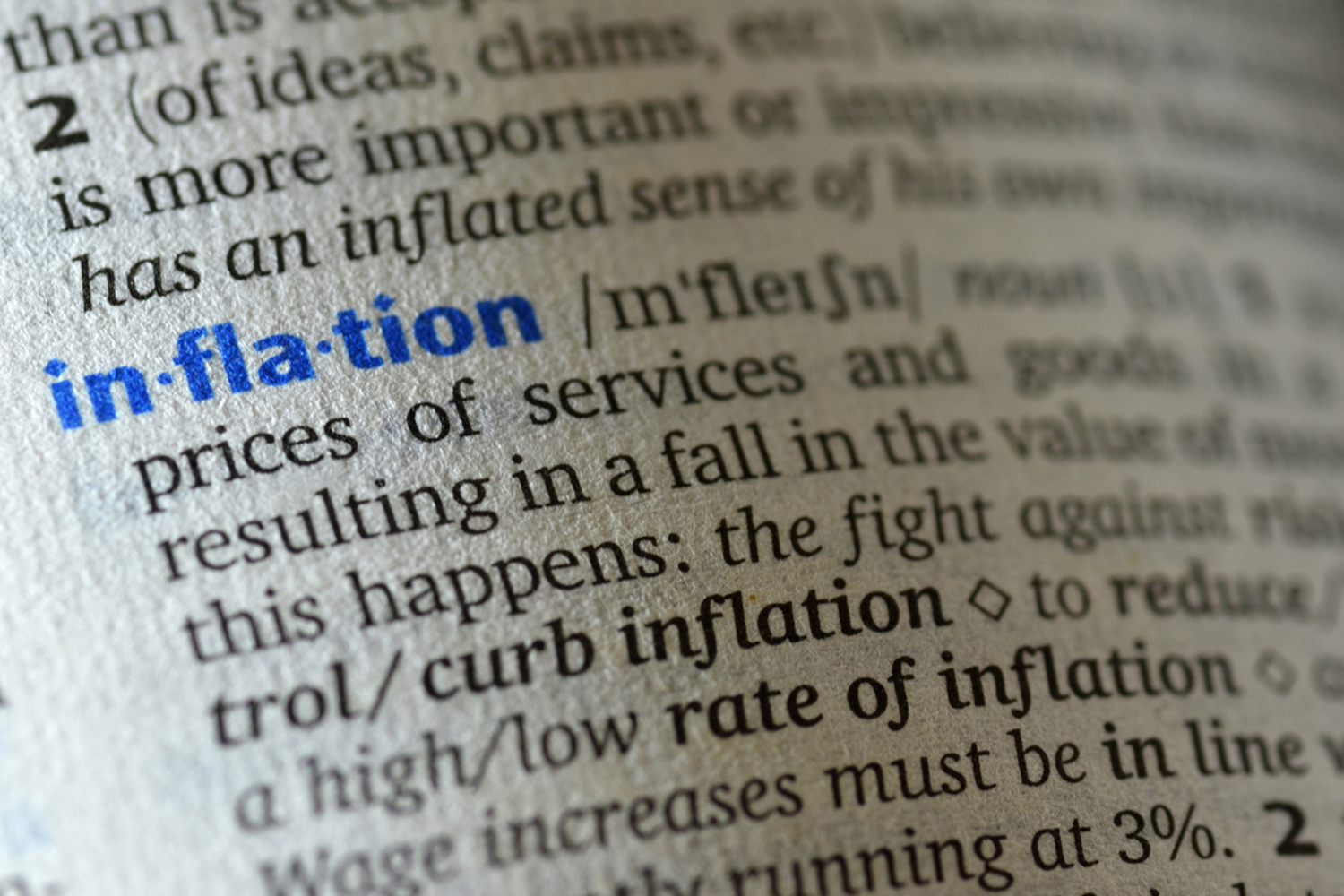by Professor Jeremy J. Siegel, Senior Economist to WisdomTree and Emeritus Professor of Finance at The Wharton School of the University of Pennsylvania
Last week’s employment report was an important stabilizer for the markets. After concerning revisions and weak ADP numbers raised recession alarms, Friday’s payrolls print calmed fears on labor market deterioration.
The net gain in jobs, while offset by downward revisions to prior months, was still enough to shift the narratives on a downward trajectory. The three-month moving average in job growth continues to hold steady, indicating we are not yet entering a broad-based labor contraction. Markets responded favorably, with stock prices rising and bond yields jumping as traders recalibrated pessimistic expectations.
Healthcare hiring once again led the charge, adding over 65,000 jobs—a sector that remains structurally robust even as questions persist about productivity. Also notable was the unexpected strength in the entertainment and leisure sectors, although some of that is likely seasonal. Wage growth was slightly above expectations, but not enough to spark inflation concerns. The broader unemployment metrics, including U-6, held steady, providing more evidence the labor market is cooling gradually, not collapsing. In short, the economy is decelerating, but in a controlled manner.
Investor sentiment also benefited from signals of progress—or at least a pause—in U.S.-China trade tensions. While the details of the Trump-Xi phone call remain sparse, the absence of acrimony was a positive sign. I continue to believe the market can digest tariffs of 10% across the board and 30% for China with limited sector-specific increases like aluminum at 50%.
With more aggressive tariff measures off the table at the moment, the equity rally is back to focusing on a forward earnings outlook driven by AI. AI spending remains strong, and although we’re seeing selective layoffs in tech, many of these firms are pruning bloated headcounts rather than reacting to a collapse in demand.
This week’s upcoming inflation data could add another piece to the policy puzzle, though I expect much of the pricing pressure from recent tariff activity won’t appear until later this summer due to lagging inventory effects.
The Fed meets next week, and we’ll get updated dot plots and projections. With this jobs report in hand, and assuming no surprise from CPI, the Federal Reserve will almost certainly maintain its current “no change” policy. Initial jobless claims have inched above 240,000, but this remains within the range of noise rather than a reliable signal of deterioration.
A potentially underappreciated development is the emergence of political interest in the Fed’s operating regime. Senator Ted Cruz raised the issue of interest on reserves, highlighting how the Fed’s payments to banks have contributed to ballooning federal deficits—nearly $2 trillion over the next decade under current projections. This is not a trivial concern. The Fed’s shift from a profit-contributing institution to a deficit-expanding one may provoke greater scrutiny of its operating framework. I believe the Fed should shift from its current ‘ample reserve’ regime to a scarce reserves regime that would eliminate the need for large interest payments on excess reserves. This could become a major policy debate in the years ahead. I am working on a framework to explain how the Fed’s current operating protocol has gone very wrong in the last 15-years. You will see me explain this more soon.
Looking ahead, the S&P 500 all-time highs are likely in the absence of major trade shocks. Risks remain, but the economy continues to show resilience.
Copyright © WisdomTree















